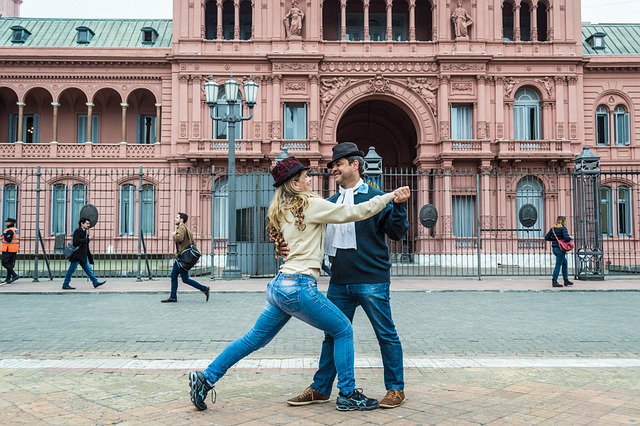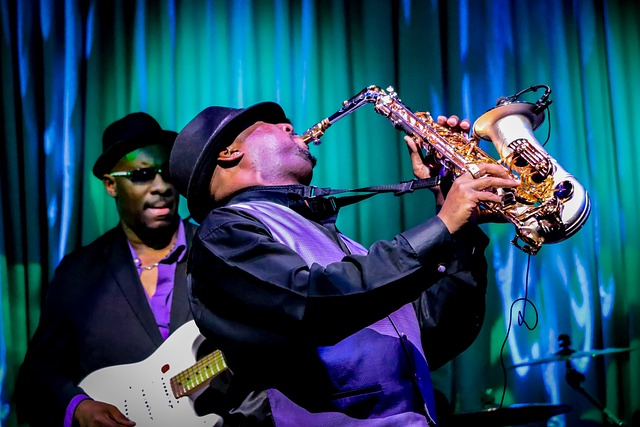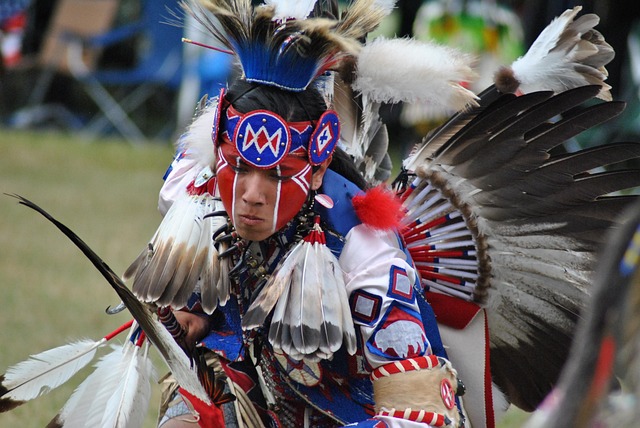Article Title:About how educational dance course may be crucial in school age children's psycho-motor development
Abstract:
Numerous studies have shown that children- aged between 5 to12 are able to develop artistic-sporting motor skills, which can be attributed in particular to general coordination and balance. They may be indicators of psychomotor development (Le Boulch, 1992). The possible use of motor test batteries in educational contexts (Vayer, 1992) allows to obtain fundamental information on the level of children initial motor maturation as well as to acquire objective data on circumstances relevant to the possible identification of evolutionary levels through a standardized process for measurement and analysis (Meinel, 1984) guiding the planning of individualized didactic activities. Among the numerous batteries present on an international scale, the Oseretzky-Guilmain test could be considered among evaluation tools for the possible detection of the psychomotor age, referring in particular to three categories such as: balancing on one leg; staying with your eyes closed on your toes and jumping on one leg. The Salerno research group conducted a field research involving a sample of 320 children, aged 6 -8, whose one only half practicing sport (dance), who were given Oseretzky-tests Guilmain. It has been shown that children accustomed to sport- dance in our study case - pass the above tests far much easier than those ones not doi ng any physical exercises. Furthermore, their chronological age matches undoubtedly their psycho-motor one (Oseretzkj 1931- 36). It follows that it would be useful for the school to point to a constant reference to sporting activities from the earliest years of schooling.
Keywords: Educational dance; Psyco-motor; Test Oseretzky-Guilmain
DOI: 10.14198/jhse.2019.14.Proc5.21
Source:JOURNAL OF HUMAN SPORT AND EXERCISE
Welcome to correct the error, please contact email: humanisticspider@gmail.com



